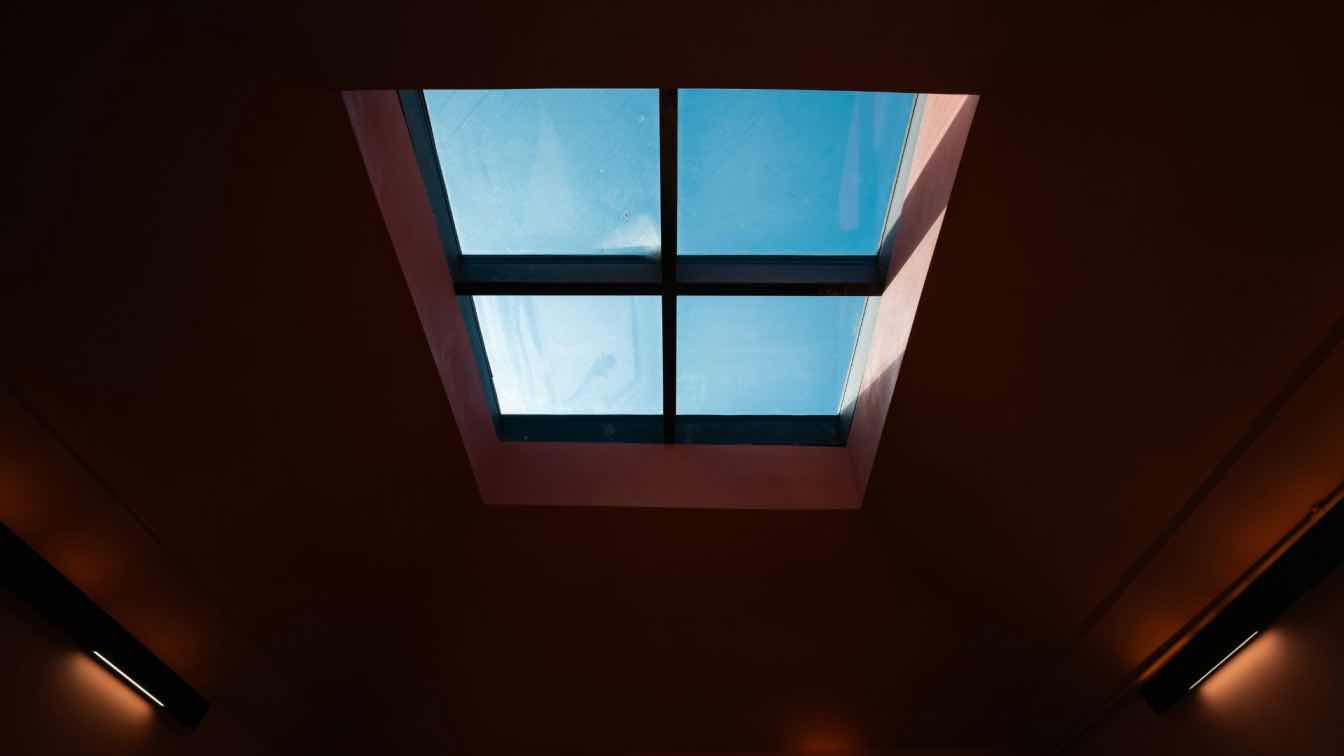As temperatures drop across the United States, a growing number of homeowners are turning to wood stoves as a cost-effective and environmentally friendly heating option. This resurgence is driven by rising energy costs, a desire for energy independence, and the timeless appeal of a wood-burning hearth.
A Surge in Wood Stove Installations
Recent data indicates a significant increase in wood stove installations nationwide. According to the Hearth, Patio & Barbecue Association (HPBA), wood stove sales have risen by approximately 30% over the past five years. This surge reflects a broader trend toward sustainable and economical home heating solutions.
The DIY Movement: Homeowners Taking Charge
Alongside the rise in wood stove popularity, there has been a notable increase in homeowners undertaking their own chimney projects. The Chimney Safety Institute of America (CSIA) reports a 25% uptick in inquiries related to DIY chimney installations and maintenance over the past three years. This trend underscores a growing interest in self-sufficiency and cost-saving measures.
The Importance of Chimney Liners
A critical component of any wood stove installation is the chimney liner. A chimney Liner serves as a protective barrier between the stove’s exhaust and the chimney walls, improving draft efficiency, reducing the risk of creosote buildup, and safeguarding the structural integrity of the chimney. For older homes, installing or replacing a chimney liner can bring the system up to modern safety standards and enhance performance.
Accessibility Through Chimney Liner Kits
The availability of chimney Liner kits has made it easier for homeowners to undertake chimney projects. These kits typically include flexible or rigid liners, insulation, and all necessary fittings, providing a comprehensive solution for those opting for a DIY approach. Retailers have reported a 40% increase in sales of these kits over the past two years, indicating a strong consumer interest.
Benefits and Risks of DIY Installations
While the DIY movement offers cost savings and personal satisfaction, it's essential to approach chimney installations with caution. Improper installation can lead to safety hazards, including fire risks and poor ventilation. The CSIA emphasizes the importance of adhering to local building codes and recommends that DIY installations be inspected by certified professionals to ensure safety and compliance.
Environmental and Economic Advantages
Modern EPA-certified wood stoves burn cleaner and more efficiently than older models, reducing emissions and lowering heating costs. The U.S. Environmental Protection Agency (EPA) notes that these stoves can reduce smoke emissions by up to 85% compared to traditional wood stoves. Additionally, utilizing locally sourced wood contributes to energy independence and supports local economies.
Conclusion
The increasing popularity of wood stoves in the United States reflects a blend of economic considerations, environmental awareness, and a desire for self-reliance. As more homeowners embrace this heating method, the importance of proper installation and maintenance cannot be overstated. Whether opting for professional installation or a DIY approach using chimney liner kits, ensuring safety and efficiency is paramount. With the right precautions, wood stoves can provide a warm, sustainable, and cost-effective solution for home heating.





